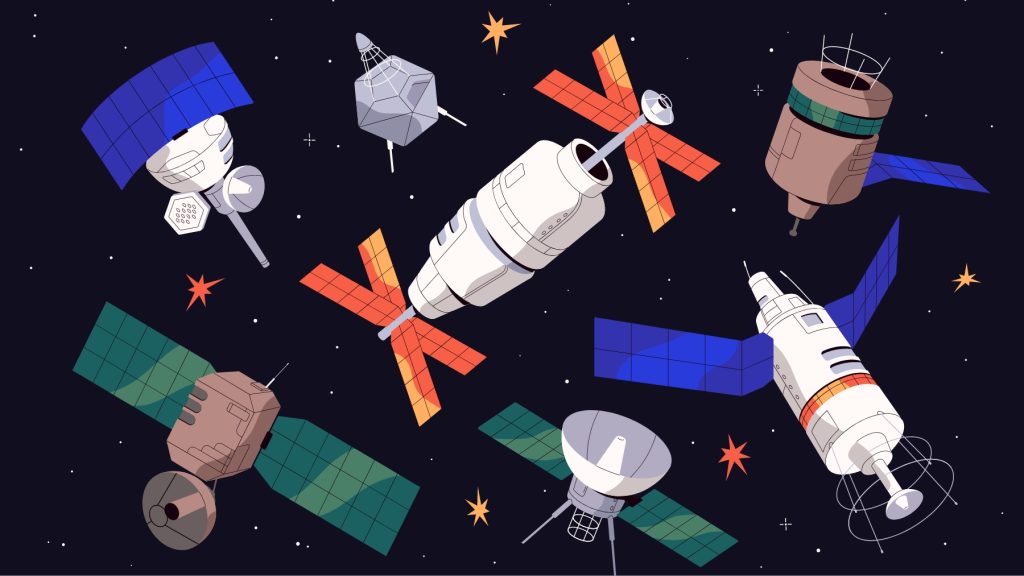
The introduction of modern digital technology has caused a dramatic shift in the defense and aerospace sectors during the last few years. This sector has undergone a digital transition in many areas, including maintenance and operations as well as production processes. The effects of the digital revolution in aerospace and defense are examined in this article.
Enhanced Connectivity and Communication
The aerospace and defense industries have benefited from the seamless connectivity and communication provided by digital transformation. Internet access and advanced networking technology have boosted real-time team communication, enabling quicker decision-making and greater operational efficiency. Improved connection has opened the way for simpler procedures and decreased downtime throughout the maintenance and logistics sectors as well as in supply chain management.
Data-driven Insights and Analytics
For the aerospace and military industry to improve safety, detect component failures, and optimise maintenance schedules, data-driven insights and analytics are crucial. This ability has been essential in forecasting component failures, boosting overall safety, and optimizing maintenance schedules. Additionally, United Airlines has adopted data-driven insights and analytics to enhance operational effectiveness, customer experience, and safety protocols in the aerospace and defense industries, allowing it to remain at the forefront of digital transformation.
Automation and Robotics
In the fields of aerospace and defense, digital transformation has ushered in a new era of automation and robots. Robots and autonomous systems are being utilized more often for dangerous jobs, quality monitoring, and the construction of airplanes. Automation increases productivity while simultaneously increasing safety by removing risky jobs and minimizing human error. A further indication of the potential for digital change in this industry is the growing use of drones and unmanned aerial vehicles (UAVs) in military operations, surveillance, and reconnaissance.
Cybersecurity and Threat Management
Making sure there are reliable cybersecurity safeguards becomes crucial as the aerospace and defense sectors convert more and more. Integrating digital technology introduces new risks and weaknesses, making it essential to safeguard sensitive data and vital infrastructure from cyberattacks. To reduce risks and protect national security, organizations must invest in cutting-edge cybersecurity solutions, use proactive threat intelligence, and give staff training first priority.
Moreover, to safeguard its digital assets, customer data, and crucial systems in the aerospace and defense industries, Alaska Airlines is putting a high priority on cybersecurity and threat management. To retain confidence in operations, this requires putting advanced cybersecurity safeguards and strong threat management methods into place.
Conclusion
The aerospace and defense industries have undergone a digital transformation that has transformed collaboration, enhanced decision-making processes through data-driven insights and analytics, increased productivity and safety through automation and robotics, and strengthened cybersecurity to safeguard vital assets. To promote innovation, boost productivity, and protect national security, organizations must stay on the forefront of technological developments.
Inside Telecom provides you with an extensive list of content covering all aspects of the tech industry. Keep an eye on our Tech sections to stay informed and up-to-date with our daily articles.